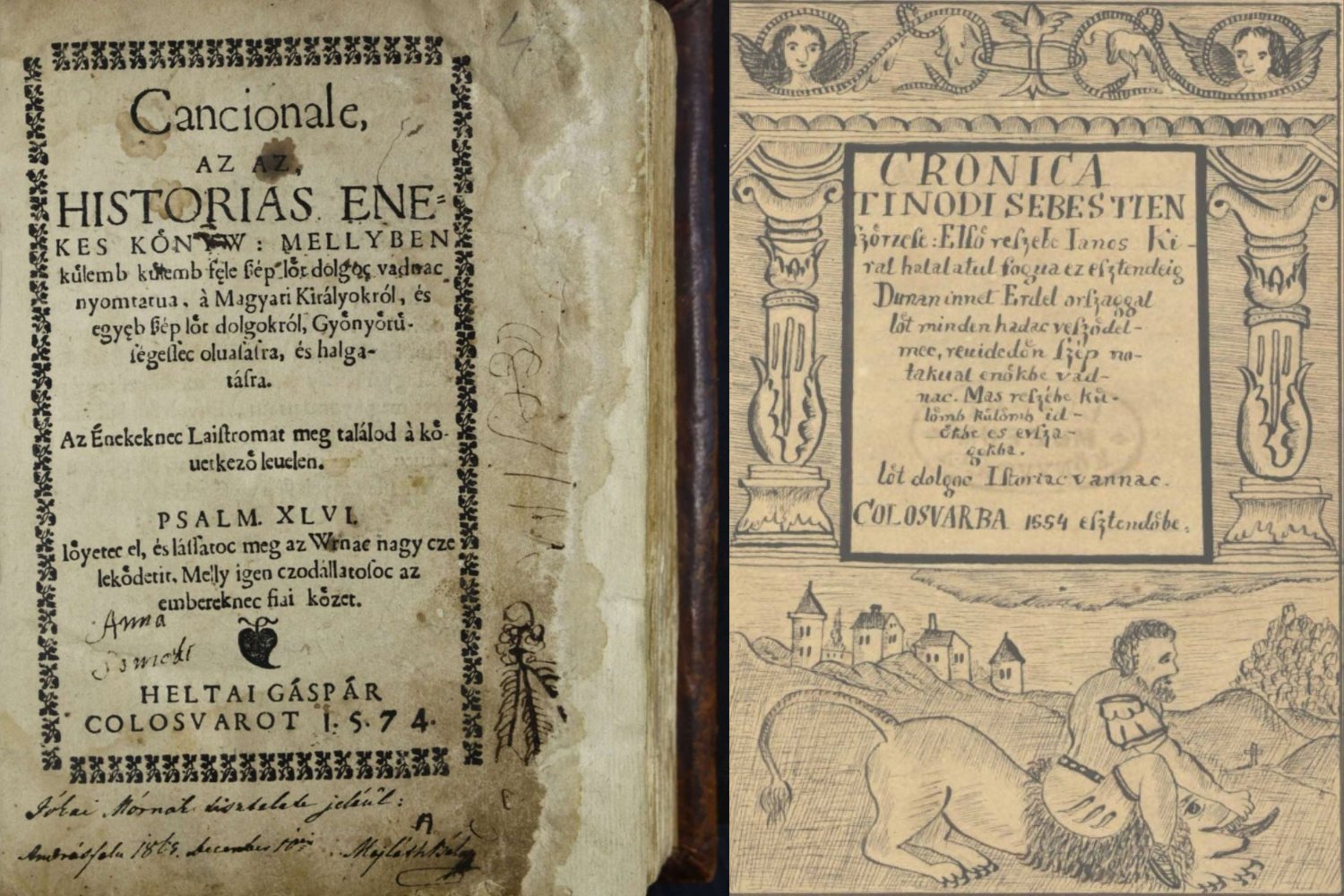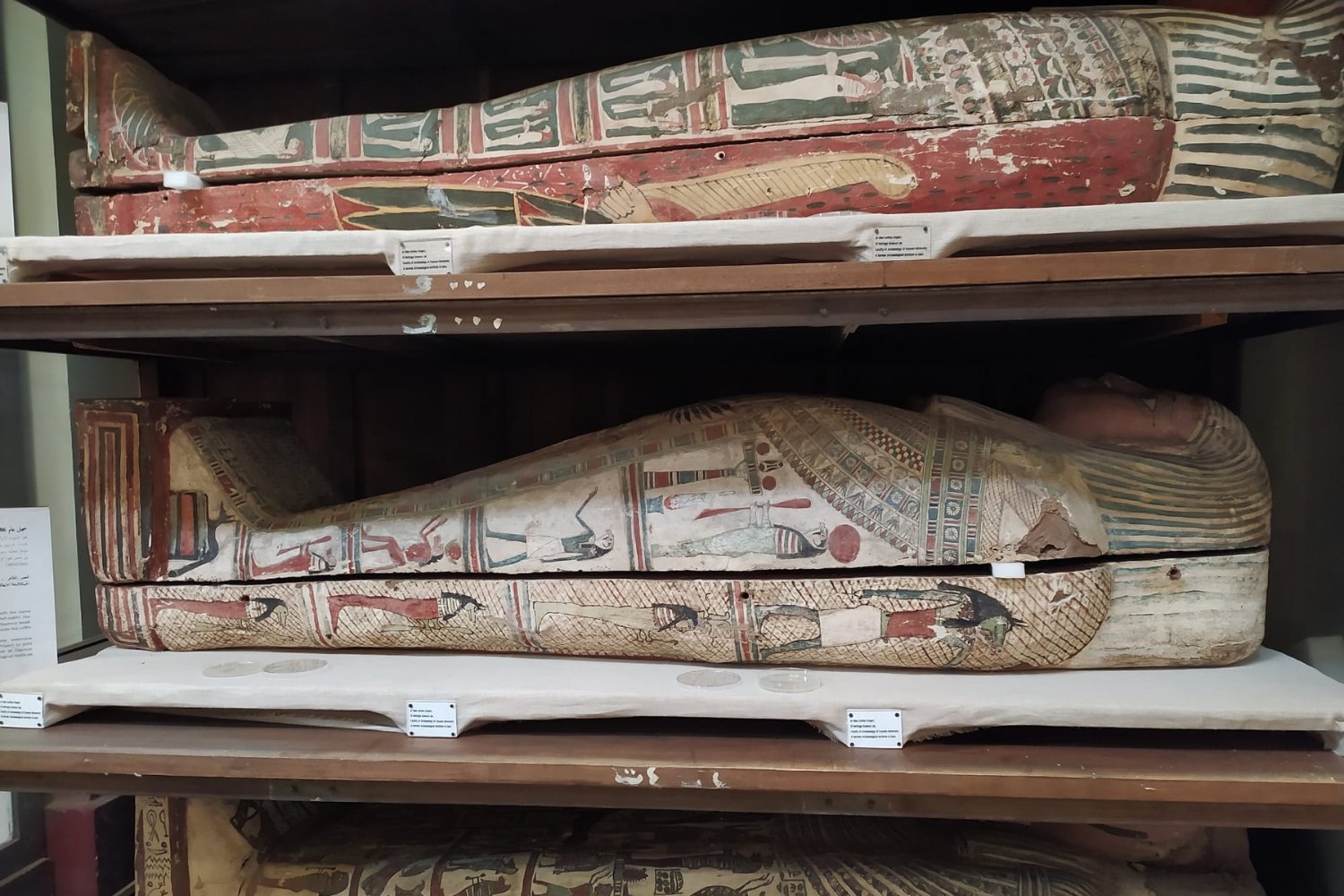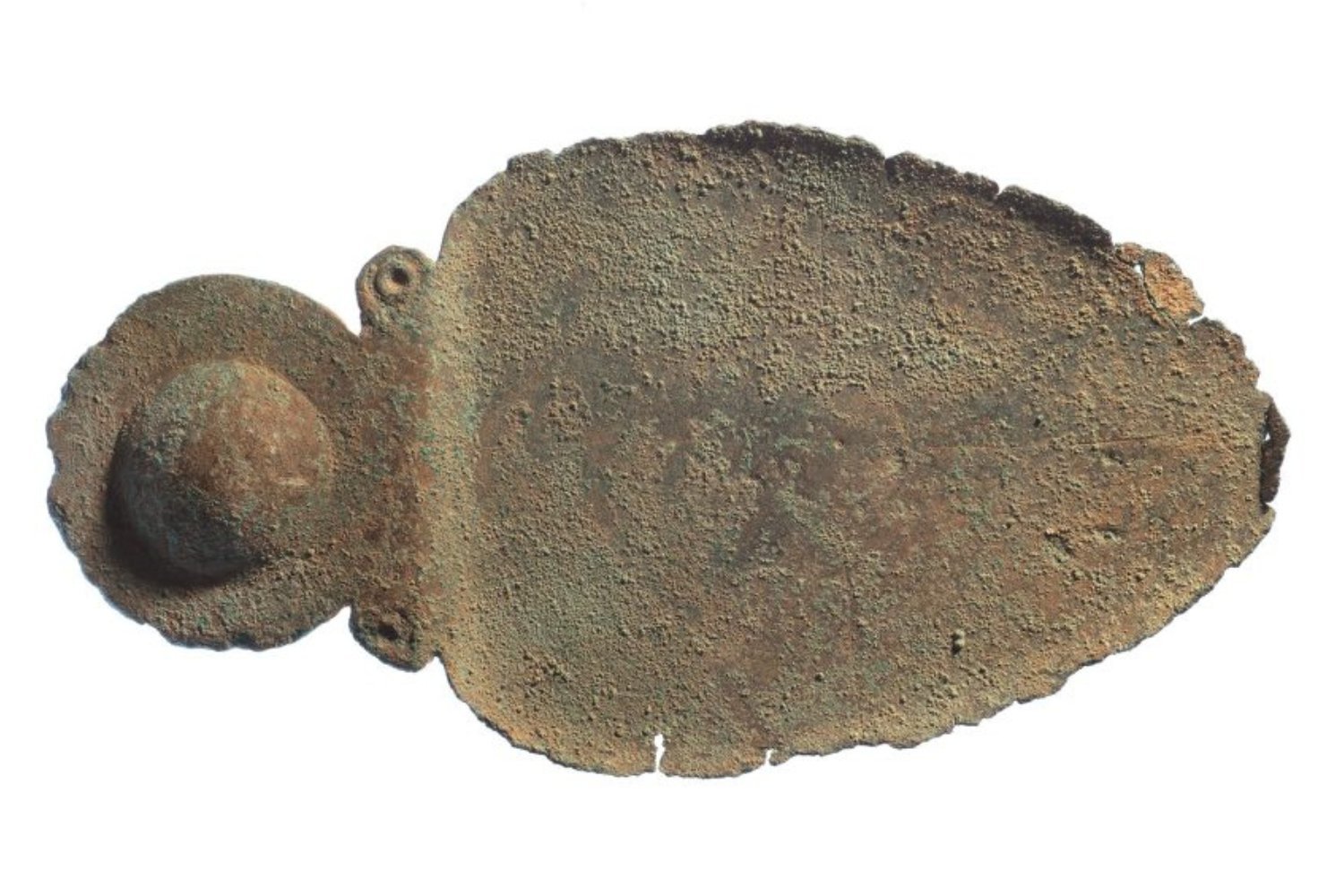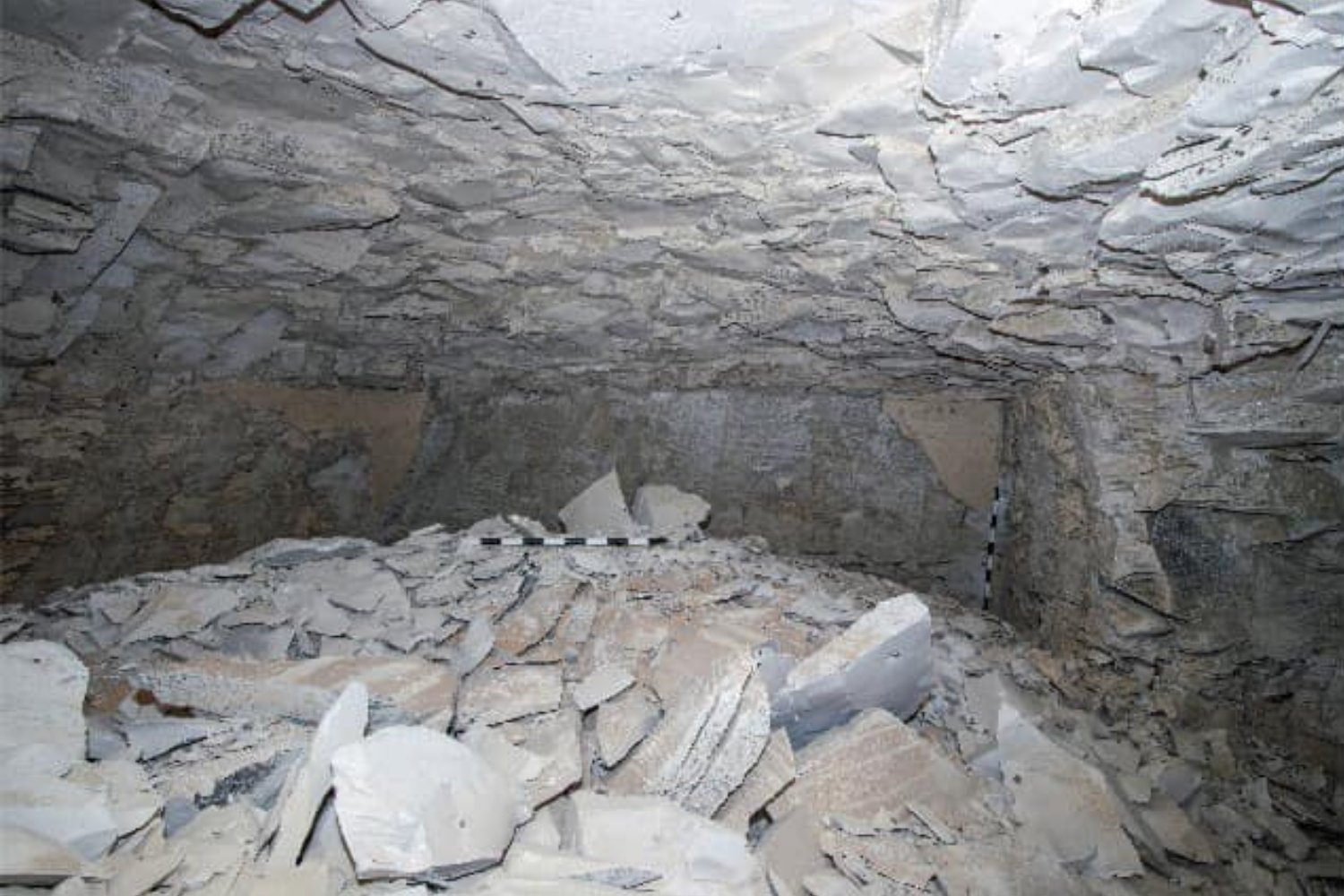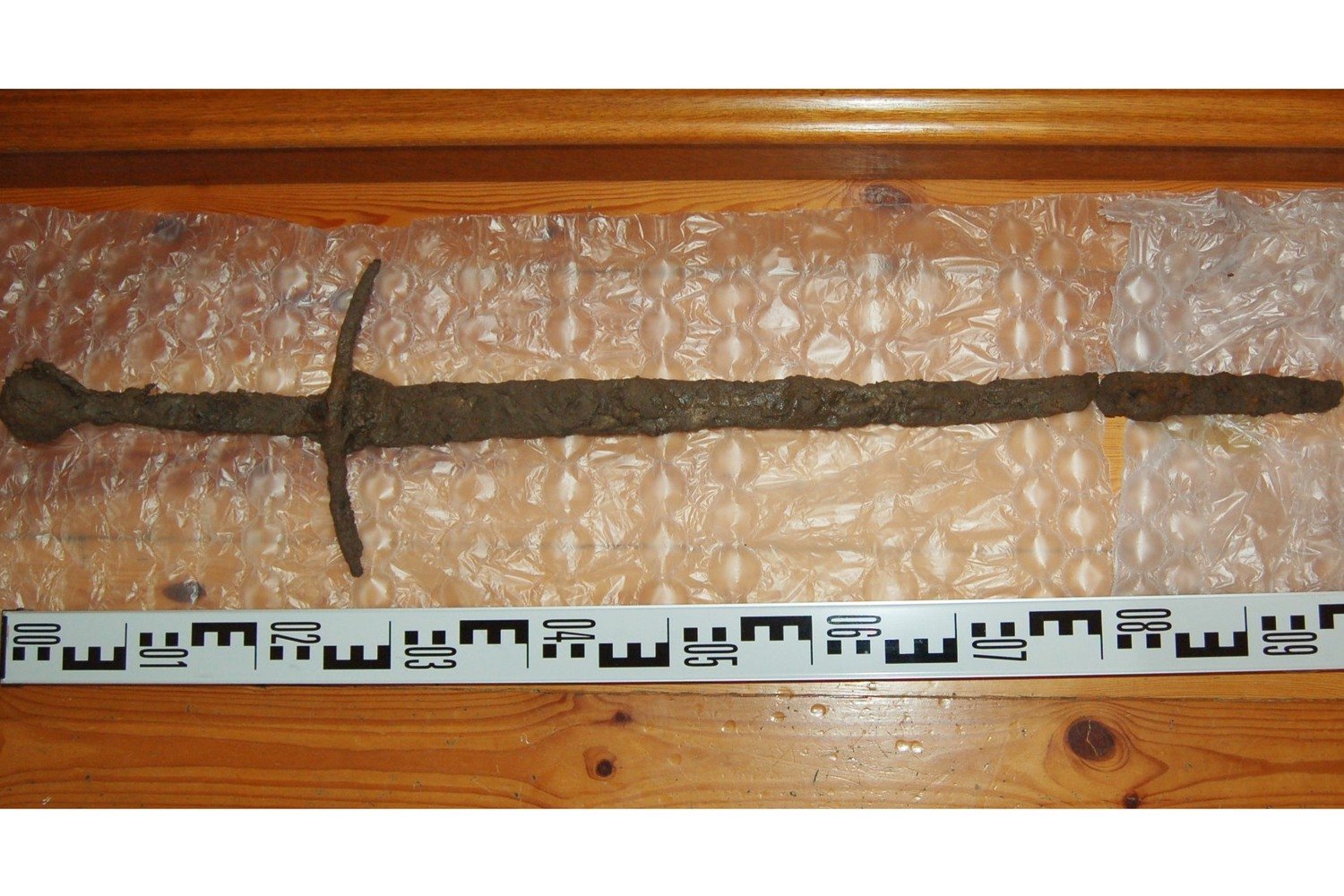Meteorology has advanced significantly, providing increasingly accurate weather predictions. But how do we understand past weather patterns? Beyond physical evidence like ice cores and sediment analysis, historical records offer invaluable insights into forgotten climate events and their societal impact. New research exploring 16th-century Transylvania demonstrates the power of these historical narratives.
A recent study published in Frontiers in Climate delves into Transylvanian chronicles, diaries, and official documents from the 16th century to reconstruct the era’s climate and its effects on society. These texts, often referred to as “society’s archive,” reveal a period marked by extreme weather events preceding the Little Ice Age.
“Our research reveals significant climate variability during the 16th century, including extended droughts, intense heatwaves, and periods of heavy rainfall and flooding,” explains Tudor Caciora from the University of Oradea, Romania, a participant in the study. “The interplay of these extreme events had cascading consequences for agriculture, public health, and societal stability, highlighting climate’s profound influence on human history.”
A Century of Extremes: Drought, Floods, and Societal Upheaval
The first half of the 16th century in Transylvania was characterized by unusually hot and dry conditions. A particularly striking account from 1540 describes a devastating drought: “‘The springs dried up, and the rivers dwindled to mere trickles. Livestock perished in the fields, and the air was heavy with despair as people gathered in processions, praying for rain.'” This poignant description underscores the emotional and spiritual toll of extreme weather events.
The latter half of the century witnessed a shift towards increased rainfall and frequent floods, especially during the 1590s. These dramatic weather fluctuations were often followed by widespread hardship, including 30 years of plague, 23 years of famine, and nine years of locust infestations.
Adapting to a Changing Climate: Resilience and Innovation
Caciora suggests that these extreme events likely prompted communities to adapt. “Towns might have implemented flood-resistant infrastructure or relocated to more favorable areas. These challenges may also have spurred technological advancements like improved irrigation systems or better storage facilities.”
Despite the global cooling trend known as the Little Ice Age, which intensified around 1560, 16th-century Transylvania experienced predominantly hot weather. “This suggests that the Little Ice Age’s effects might have been delayed in this region,” Caciora notes, pointing to later accounts of decreasing temperatures as supporting evidence.
The Value of “Society’s Archive”: A Human-Centric Perspective
The researchers acknowledge certain limitations to their methodology. Gaps in the historical record and conflicting accounts made reconstructing weather patterns for 15 years of the century impossible. Additionally, the texts primarily represent the literate minority of 16th-century Transylvania, offering localized and potentially subjective perspectives.
Despite these limitations, Caciora emphasizes the crucial role of historical records. “Studying ‘society’s archive’ is as important as analyzing natural proxies. It provides a human-centric understanding of past climate events.” Understanding the impact of past climate events on human history can inform our understanding of how future climate change might shape communities.



